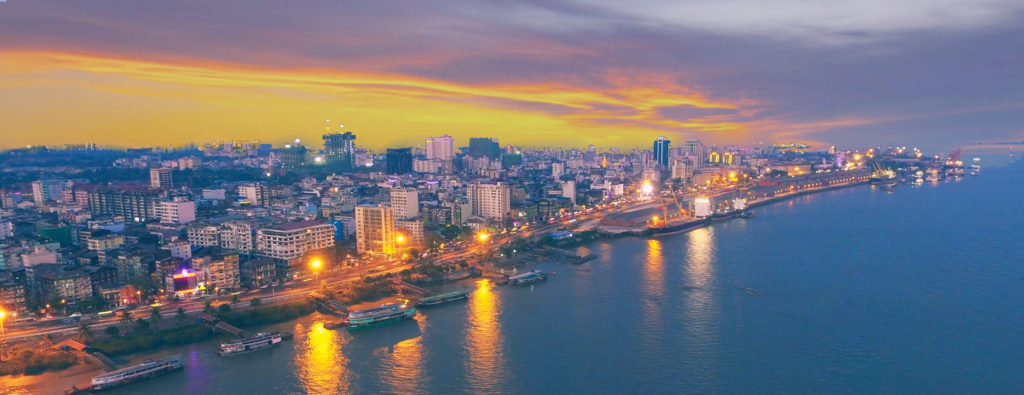
A total length of Myanmar coast is 2228 km (1,260 nautical miles), along the Rakhine coast is 713 km, along the delta area is 437 km and the coast of Tanintharyi is 1078 km long. Of the nine ports along the coast, Yangon port is a major international port, handling more than 90 % of the country’s normal exports and imports. In terms of number of wharfs, there are 28 berths in Yangon Inner Harbour with the total quay length of 4,640 m. In Thilawa Outer Harbour, there has been 20 berths with total quay length of 3,801 m.

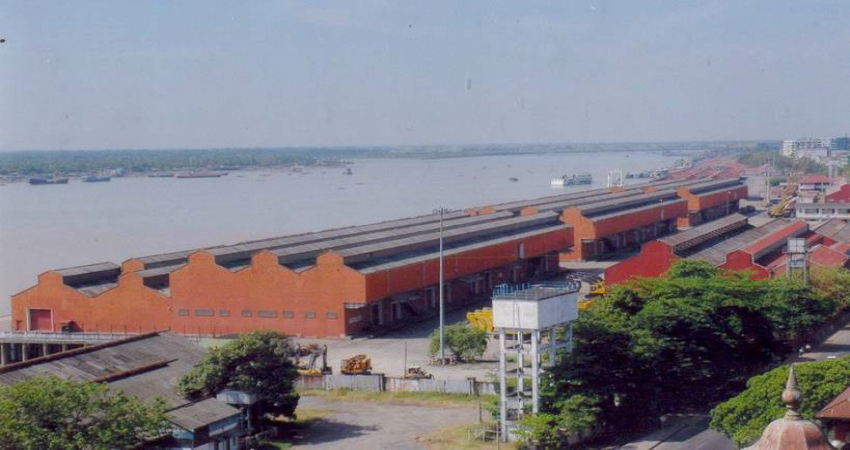
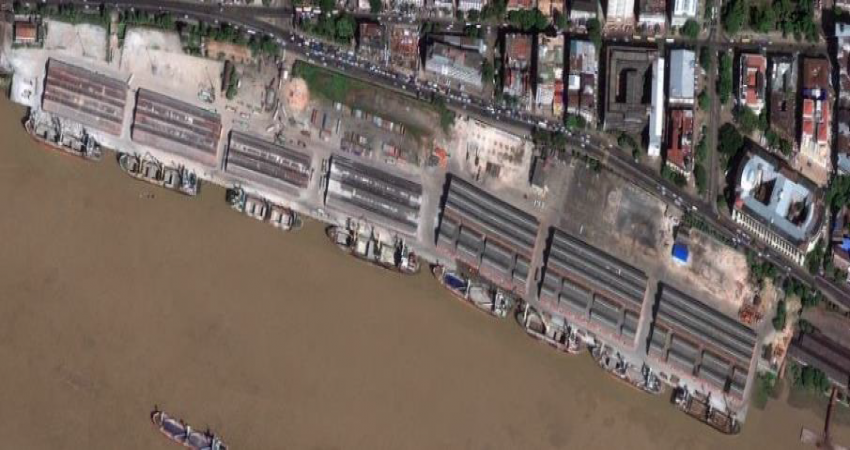
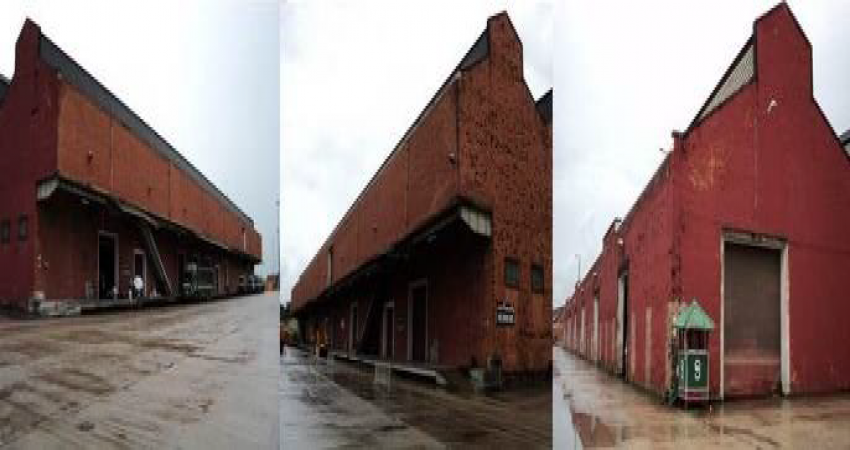
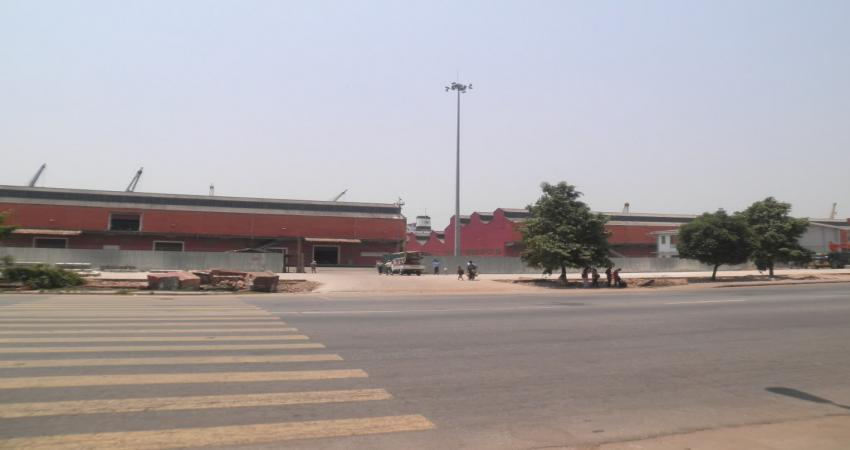
Sule Pagoda Wharves (SPW), which is the premier port and still existing as only one public service port under MPA management. Even for SPW, 4 berths out of 7 have been working together with private company so called Sein Kaung Yadanar by means of JV.
MPA started to transfer the construction and operation of terminals to the private sector in late ‘90s in line with the government policy aimed to promote privatization of state enterprises. In Myanmar, privatization of public services is approved by the Privatization Commission established in 1995 on a project basis. Privatization effort has been targeted to the enterprises suffering from underutilization, lack of technological modernization, uneconomical use of inputs, or small size.1 In Myanmar, there is no law specifically established to regulate PPP. Several companies are currently developing and operating port terminals along the Yangon River. Port privatization scheme differs depending on the terminal as described below. MPA intends to continue the development of the port area through BOT. In August 2012, MPA had a tender briefing meeting for several projects including urban development of Botahtaung Jetty and upgrading of Sule Pagoda Terminal No. 1, 2, 3, 4. For the latter project, MPA envisages JV composed of MPA and private companies.